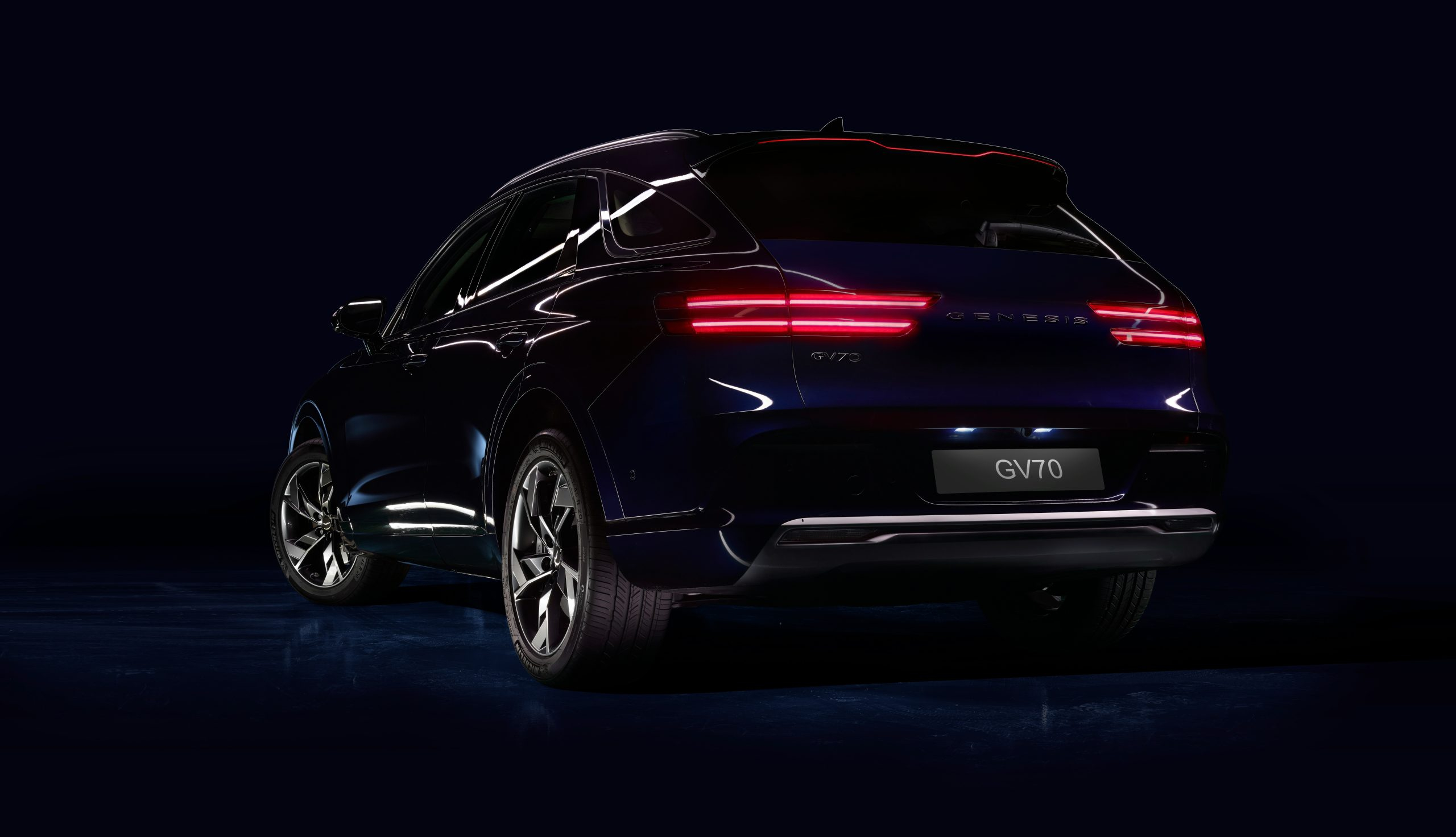Why Vehicle-to-Grid Technology Changes Energy Distribution
The world of energy distribution is constantly changing and evolving. With the rise of renewable energy sources and the demand for more sustainable solutions, technological advancements are being made to improve the way we distribute and consume energy. One such technology making waves is Vehicle-to-Grid or V2G. This innovative technology has the potential to transform the way we think about energy distribution and consumption. In this article, we will explore the various ways in which Vehicle-to-Grid technology changes energy distribution. From its benefits to its challenges, we’ll dive into the details of this game-changing technology.
Understanding Vehicle-to-Grid (V2G) Technology
Vehicle-to-Grid or V2G technology is a system that allows electric vehicles to not only charge their batteries but also discharge energy back to the grid. This means that instead of just consuming energy from the grid, electric vehicles can also become a source of energy. This is made possible through bidirectional charging, where the vehicle’s battery can be charged and discharged depending on the energy demands of the grid.
At its core, V2G technology aims to create a more efficient and sustainable way of utilizing energy resources. With the growing popularity of electric vehicles, V2G technology has the potential to revolutionize the way we distribute and consume energy. Let’s take a closer look at how V2G technology changes energy distribution.
1. Reducing Carbon Emissions
One of the key benefits of V2G technology is its potential to reduce carbon emissions. As electric vehicles become more widespread, the demand for electricity will also increase. This can put a strain on the grid and lead to an increase in carbon emissions from conventional power plants. V2G technology can help offset this by allowing electric vehicles to feed surplus energy back to the grid, reducing the need for conventional power plants. This not only helps in reducing carbon emissions but also promotes the use of renewable energy sources.
2. Balancing Energy Demand
In traditional energy distribution systems, there are times when the demand for energy is higher than the supply. This can result in power outages and disruptions. However, with V2G technology, electric vehicles can act as a source of energy during peak demand periods. By feeding energy back to the grid, V2G technology can help balance the supply and demand of energy, ensuring a steady supply of electricity.
3. Providing Backup Power
Electric vehicles equipped with V2G technology have the potential to act as backup power sources during emergencies or power outages. This can be especially beneficial in remote areas or places prone to natural disasters. V2G technology can help provide electricity to homes and businesses, reducing the reliance on diesel-powered generators or traditional power sources.
Challenges and Limitations of V2G Technology
While the potential benefits of V2G technology are numerous, there are still some challenges and limitations that need to be addressed.
1. Impact on Battery Life
One of the main concerns with V2G technology is the impact it may have on the battery life of electric vehicles. Repeated charging and discharging of the battery can lead to degradation and reduce its lifespan. However, advancements in battery technology and proper management of V2G systems can help minimize this issue.
2. Infrastructure and Compatibility
In order for V2G technology to reach its full potential, there needs to be proper infrastructure in place. This includes charging stations, bidirectional chargers, and smart grid technology. Additionally, compatibility between different vehicles and chargers is also a challenge that needs to be addressed.
3. Regulatory and Financial Hurdles
V2G technology is still relatively new and there are regulatory and financial hurdles that need to be overcome. Policies and regulations need to be in place to ensure the safety and reliability of V2G systems. The high costs associated with the installation of V2G infrastructure also need to be addressed for the technology to become mainstream.
The Future of Energy Distribution with V2G Technology
Despite its challenges, V2G technology has the potential to bring about significant changes in the way we distribute and consume energy. With advances in battery technology and the growing popularity of electric vehicles, V2G technology is expected to become more widespread in the near future. Its ability to reduce carbon emissions, balance energy demand, and provide backup power makes it a promising solution for a more sustainable and efficient energy distribution network.
In conclusion, V2G technology changes energy distribution by creating a more resilient, efficient, and sustainable energy ecosystem. With continued research and development, we can expect to see even more advancements in this technology and its widespread adoption in the coming years. The shift towards renewable energy sources and the integration of electric vehicles in our energy system is inevitable and V2G technology plays a crucial role in making this transition a reality.










